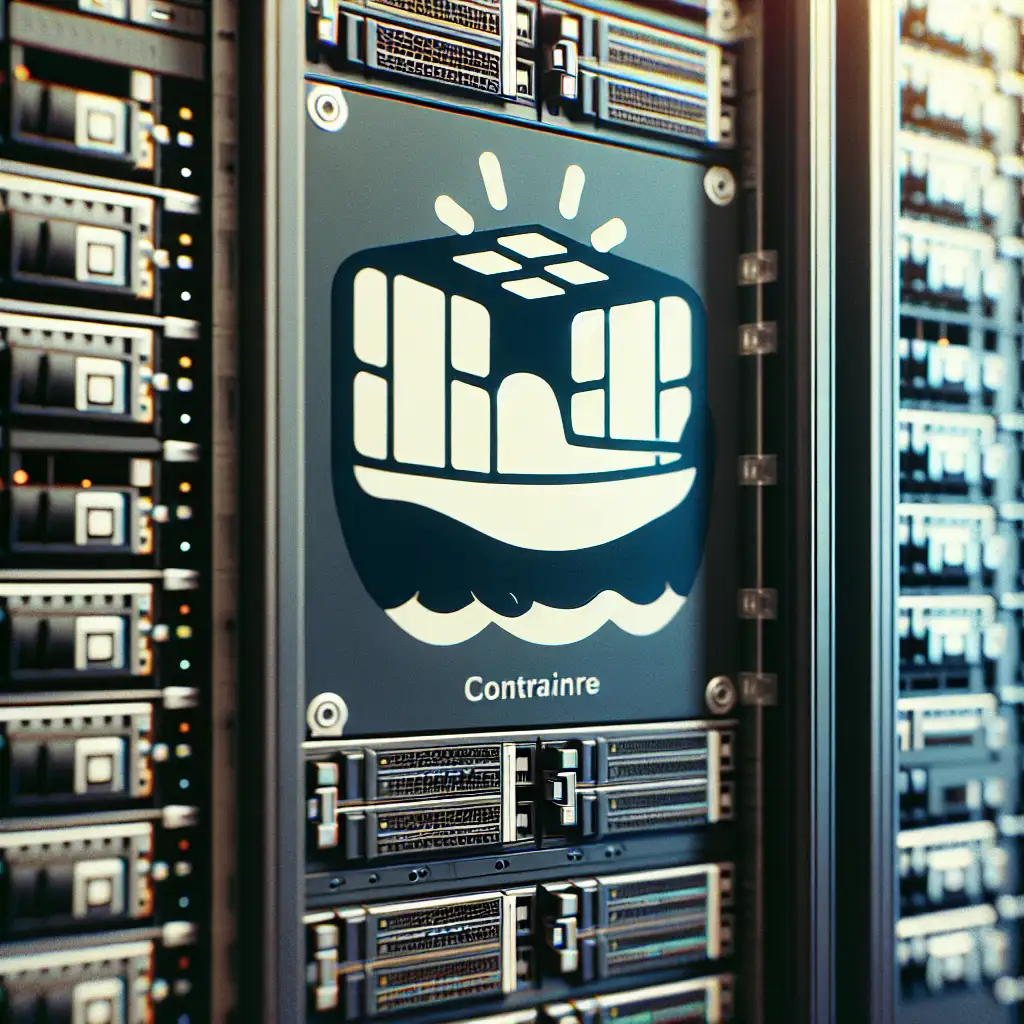Deploying Docker Containers on Bare-Metal: Unlocking Full Control and Performance
Most cloud-centric guides ignore an inconvenient truth: bare-metal still yields maximal control and predictable performance. When hypervisors and public clouds abstract your hardware, you inherit their overhead—sometimes negligible, often consequential. Direct Docker deployment on bare-metal lets you reclaim resource allocation, predictable latency, and nuanced hardware awareness.
Below, practical, real-world steps for operationalizing Docker on a physical Linux server—quick to adapt for both small homelab and production workloads.
Why Bare-Metal Docker? What Actually Improves?
- Zero Hypervisor Overhead: Containers run directly atop the OS. No nested virtualization penalties or unpredictable resource sharing.
- Performance Isolation: Avoid "noisy neighbor" VMs. Pin workloads to specific CPU cores or NUMA nodes for deterministic performance.
- Fine-Grained Resource Assignment: Assign CPUs and memory per container at deployment; align critical workloads to hardware topology.
- Cost Structure: One-time hardware investment; no recurring cloud markup. Side note: factor in power, cooling, and physical security.
- Custom Network & Storage Stacks: Tune bridge, macvlan, or host networks for optimal throughput. Run local ZFS or LVM-backed volumes.
Is bare-metal perfect? No. Physical server lifecycle management and high-availability require manual rigor absent in managed clouds.
1. Baseline: Hardened Linux Installation
Assumed: Ubuntu Server 22.04 LTS, kernel 5.15.x. (CentOS/Alma users: adjust package management and repo sources accordingly.)
System hygiene, as root:
apt update && apt full-upgrade -y
apt install -y apt-transport-https ca-certificates curl software-properties-common gnupg lsb-release ufw
ufw allow 22/tcp # SSH
ufw allow 80,443/tcp # Web
ufw enable
reboot
Note: Default SSH on port 22 is a trade-off: convenient but frequently scanned. Consider higher ports or key-based auth.
2. Installing Docker Engine: Avoiding Legacy Pitfalls
Many run apt install docker.io and call it a day; this version often lags behind upstream. To prevent surprises, always pin to Docker’s official repo for up-to-date, security-patched releases:
curl -fsSL https://download.docker.com/linux/ubuntu/gpg | sudo gpg --dearmor -o /usr/share/keyrings/docker-archive-keyring.gpg
echo \
"deb [arch=$(dpkg --print-architecture) signed-by=/usr/share/keyrings/docker-archive-keyring.gpg] https://download.docker.com/linux/ubuntu \
$(lsb_release -cs) stable" | \
tee /etc/apt/sources.list.d/docker.list > /dev/null
apt update
apt install -y docker-ce=5:24.0.7~ubuntu.22.04~jammy docker-ce-cli=5:24.0.7~ubuntu.22.04~jammy containerd.io
Check the actual latest version string on the official release notes.
Test installation health:
docker run --rm hello-world
Known gotcha: On some secure boot-enabled systems, kernel modules for overlay2/aufs will silently fail to load. Check dmesg | grep overlay if containers won't start.
3. Optimizing Docker Runtime for Physical Hardware
Storage Driver Verification
Performance on HDD/SSD/NVMe varies wildly by driver choice. overlay2 is generally best on ext4/xfs; avoid devicemapper unless legacy constraints demand it.
docker info | grep 'Storage Driver'
# Expected: Storage Driver: overlay2
If set incorrectly, adjust /etc/docker/daemon.json:
{
"storage-driver": "overlay2"
}
Restart Docker:
systemctl restart docker
Side Note: On filesystems not supporting d_type (e.g., some older xfs mounts), overlay2 will error. Mount with ftype=1.
Pinning CPU and Memory
Critical for database, media transcoding, or mixed-priority workloads:
docker run -d --name webapp --cpus="2.0" --memory="2g" --memory-swap="2g" nginx:alpine
Use --cpuset-cpus=’2,3’ for NUMA/topology-aware placement. Caveat: swap limiting requires /etc/default/grub config if swap partition exists.
4. Network Topology: Not Just Bridge vs. Host
Bridge (Standard, Isolated)
Check which networks exist:
docker network ls
docker inspect bridge
Map ports for public access:
docker run -d -p 8080:80 --name public-nginx nginx:alpine
# Accessible: http://<server-ip>:8080
Host Networking (Maximum Throughput, Minimal Layers)
docker run -d --network host --name host-nginx nginx:alpine
Trade-off: No network namespace isolation; only use for trusted workloads.
Advanced: Macvlan/802.1q for L2 isolation on your LAN (rare, but useful for network appliances):
docker network create -d macvlan --subnet=192.168.100.0/24 --gateway=192.168.100.1 \
-o parent=ens18 pub_net
5. Persistent Data: Volumes and Bind Mounts
Production rule: always assume containers will be deleted or rescheduled. Protect data outside /var/lib/docker/containers.
-
Managed volume:
docker volume create dbdata docker run -d -v dbdata:/var/lib/mysql --name db mysql:8.0 -
Bind mount (host directory):
docker run -d -v /srv/media:/mnt/media:rw --name plex plexinc/pms-docker # Host files available in container, for backup/snapshots
Tip: For higher IO, format the target storage as XFS; Docker’s copy-on-write layers perform noticeably better.
6. Automatic Recovery and Lifecycle
Restart policies—often overlooked. For most services (not batch jobs):
docker run -d --restart unless-stopped --name web nginx:alpine
Systemd integration is superior for base OS upgrades (see docker.service logs), but outside scope of one-page guides.
Maintenance Note: Regularly prune unused images/volumes to avoid “disk full” outages:
docker system prune -af
Logrotate /var/lib/docker/containers/*/*.log if you notice spurious disk usage growth.
7. Security: Baseline, Then Harden
Docker’s socket is root equivalent. Never expose it on the network. For non-interactive deployments, place trusted users in the docker group (weighing the security risk).
Implement:
ufworiptablesrules to restrict input.- Fail2ban monitoring for SSH, if server is Internet-facing.
docker scan <image>for known CVEs.
Non-obvious tip: Enable user namespaces via /etc/docker/daemon.json:
{
"userns-remap": "default"
}
May break some images. Test thoroughly before enforcing globally.
8. Monitoring & Troubleshooting
Somewhat neglected until outages occur.
docker stats: instant resource snapshot.cAdvisor: container metrics, used by Prometheus/Grafana stacks.- Watch
/var/log/syslogfor overlay network and storage issues—usually thrown as warnings, often ignored.
Example: Disk full error when starting a container:
docker: Error response from daemon: failed to create shim task: OCI runtime create failed:
write /var/lib/docker/overlay2/.../diff/etc/nginx/nginx.conf: no space left on device: unknown.
Summary
Bare-metal Docker unlocks full control, low-level performance, and hardware-aware deployments—at the price of more manual maintenance and deep Linux familiarity. For scenarios with heavy IO, low latency requirements, or cost-sensitive capacity planning, it's a logical fit.
Not all production workloads belong here—public cloud and Kubernetes suit elastic, global services better. Still, with the above routes, trade-offs are yours to make, not imposed by a third party.
(For those running more than a handful of containers, integrating Docker Compose and systemd unit files is advised for resilience and reproducibility. Portainer-GUI helps for quick visual overviews, though isn’t a substitute for CLI in debugging race-conditions or storage leaks.)
Questions on physical topology, or persistent container pitfalls not covered? Drop them below; real-world triage always warrants new solutions.
